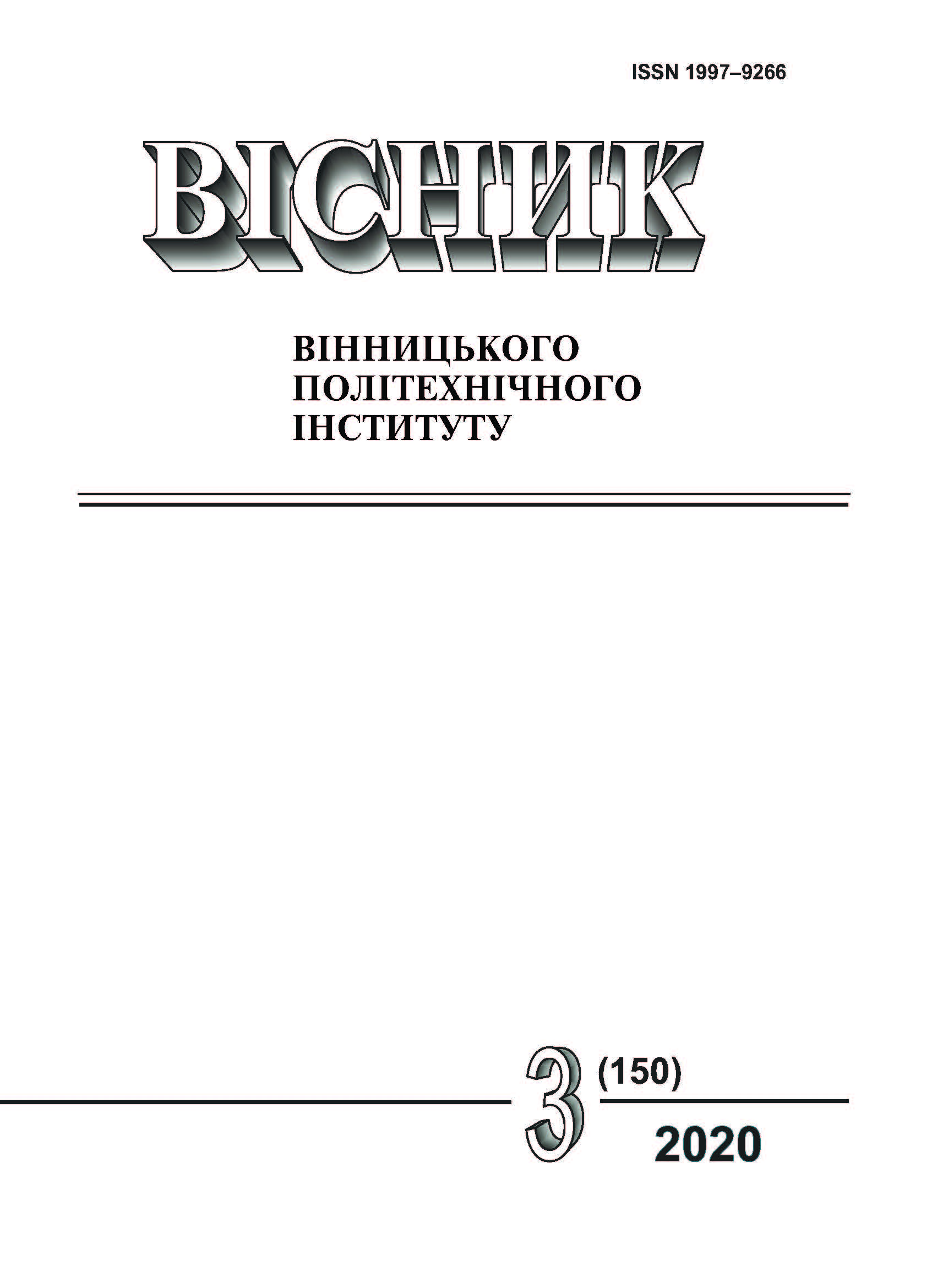ДОСЛІДЖЕННЯ ЕФЕКТИВНОСТІ ОЧИЩЕННЯ СТІЧНИХ ВОД ВІД ІОНІВ ХРОМУ(ІII) БЕНТОНІТОВИМИ ГЛИНАМИ
DOI:
https://doi.org/10.31649/1997-9266-2020-150-3-7-12Ключові слова:
забруднення, стічні води, екологічна безпека, природні глинисті сорбенти, адсорбція, іони важких металівАнотація
Розглянуті питання розробки наукових основ очищення стічних вод різних промислових підприємств від іонів Хрому шляхом адсорбції бентонітовими глинами. Перспектива і ефективність застосування бентонітових глин для очищення стічних вод підтверджуються їх перевагами перед іншими сорбентами, а саме: вони доступні, мають низьку вартість, є можливість регенерації і багаторазового застосування.
Основними переваги використання бентонітів у водоочисних технологіях є їх значні геологічні запаси, дешеве видобування породи, проста підготовка до транспортування та використання, можливість використання відпрацьованих сорбентів у інших технологіях, завдяки чому відпадає потреба у вартісній регенерації.
Важкі метали утворюють групу найнебезпечніших забруднювачів навколишнього середовища. У надземні природні водойми (моря, озера, річки, водосховища) з промисловими стічними водами надходить значна кількість іонів важких металів, які стають істотною перешкодою в життєдіяльності мікробіонтів. Важкі метали потрапляють до стічних вод з підприємств кольорової металургії, електронної, радіотехнічної та шкіряно-хутрової промисловості, а також з усіх виробництв, де використовується гальваніка. У стічних водах може міститись лише один компонент, але дуже часто їх кількість більша.
Проведено експериментальні дослідження процесу сорбції іонів Хрому(ІII) з нерухомим шаром сорбенту бентонітовими глинами. Досліджено вплив різних факторів (тривалості процесу, шару адсорбенту) на ступінь очищення стічних вод від іонів нікелю, вплив швидкості прокачування на динамічну ємність сорбенту та визначено ефективний об’єм. Встановлено, що повної адсорбційної ємності у випадку з бентонітом можна досягти за 4—6 годин.
Дослідженнями доведено доцільність використання бентонітових глин для очищення стічних вод від іонів Хрому(ІII).
##submission.downloads##
-
PDF
Завантажень: 333
Опубліковано
Як цитувати
Номер
Розділ
Ліцензія
Автори, які публікуються у цьому журналі, згодні з такими умовами:
- Автори зберігають авторське право і надають журналу право першої публікації.
- Автори можуть укладати окремі, додаткові договірні угоди з неексклюзивного поширення опублікованої журналом версії статті (наприклад, розмістити її в інститутському репозиторії або опублікувати її в книзі), з визнанням її первісної публікації в цьому журналі.
- Авторам дозволяється і рекомендується розміщувати їхню роботу в Інтернеті (наприклад, в інституційних сховищах або на їхньому сайті) до і під час процесу подачі, оскільки це сприяє продуктивним обмінам, а також швидшому і ширшому цитуванню опублікованих робіт (див. вплив відкритого доступу).





